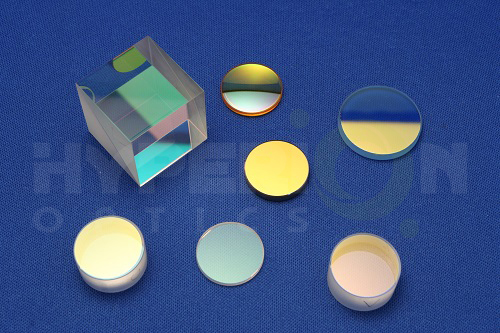In the realm of optical systems, precision and accuracy are paramount to achieve optimal imaging performance. One key component that enables precise imaging is the f-theta objective lens. This blog will delve into the design considerations for f-theta objective lenses and shed light on how Hyperion Optics ensures exceptional imaging precision through their lens designs.
Before exploring the intricate design considerations, it is essential to understand what f-theta objective lenses are. In simple terms, an f-theta lens is a type of objective lens commonly employed in laser scanning systems, such as industrial laser engravers and 3D printers. By introducing a specific distortion factor, f-theta lenses ensure that the linear movement of the laser beam across the field of view corresponds to a linear positioning of the focal point.
Several factors need to be considered when designing f-theta objective lenses to achieve superior imaging precision. These factors include:
Distortion Control
F-theta lenses must have precise distortion correction capabilities to ensure that the laser beam scans a planar surface uniformly. Hyperion Optics utilizes advanced optical design techniques and innovative manufacturing processes to achieve exceptional distortion control.
Spot Size Uniformity
For optimal performance, it is crucial to maintain consistent spot size across the entire field of view. Hyperion Optics carefully designs their f-theta objective lenses to minimize aberrations and achieve high spot size uniformity, ensuring accurate and consistent laser processing.
Field of View
The field of view (FOV) is another crucial consideration in f-theta lens design. Hyperion Optics meticulously determines the FOV for each lens, taking into account the specific requirements of the intended application. By carefully selecting the appropriate lens parameters, they ensure an optimal FOV without compromising imaging precision.
Hyperion Optics, a leading provider of precision optical solutions, employs a systematic approach to design f-theta objective lenses that surpass industry standards. Their design process includes:
Advanced Optical Design Software
Hyperion Optics utilizes state-of-the-art optical design software to simulate and optimize lens designs. This software allows for the precise shaping of lens elements and the analysis of performance metrics, ensuring the highest level of imaging precision.
Material Selection
The choice of materials greatly affects the overall performance of an f-theta lens. Hyperion Optics sources and employs premium materials that exhibit excellent optical characteristics, enhancing lens performance and minimizing aberrations.
Hyperion Optics' commitment to innovation and quality yields several advantages for those seeking superior f-theta objective lenses:
High Precision
The careful design considerations and manufacturing techniques employed by Hyperion Optics result in f-theta objective lenses with unparalleled precision. This precision guarantees accurate and reliable laser scanning and printing.
Durability and Reliability
Hyperion Optics utilizes advanced coatings and materials that enhance lens durability and longevity. This ensures long-lasting performance even under demanding operating conditions.
The design considerations for f-theta objective lenses play a pivotal role in achieving precise imaging in laser scanning systems. Hyperion Optics has demonstrated their expertise in designing and manufacturing f-theta objective lenses that surpass industry standards. With their commitment to precision, innovation, and quality, Hyperion Optics continues to deliver exceptional optical solutions for a wide range of applications.

 Call us on:
Call us on:  Email us:
Email us:  R&D Center: Aoti Street #68 Building 4A 405 International R&D park, Nanjing
R&D Center: Aoti Street #68 Building 4A 405 International R&D park, Nanjing









 English
English  cn
cn  de
de  es
es  fr
fr 


